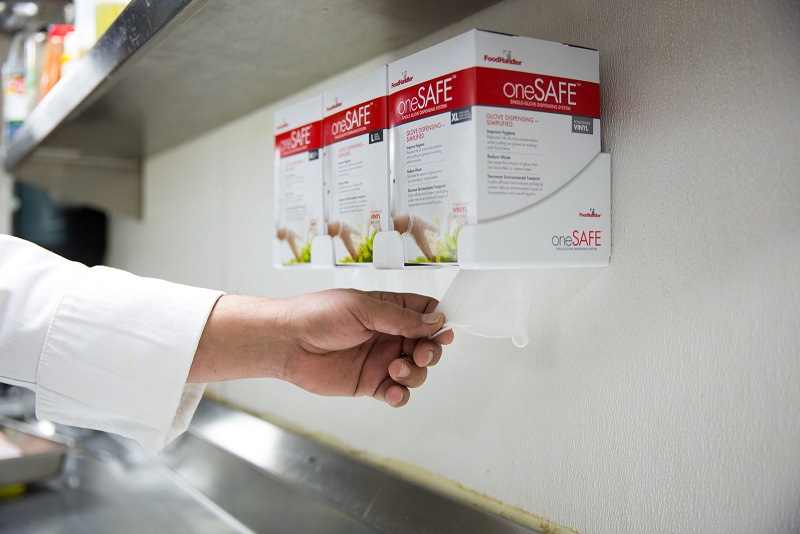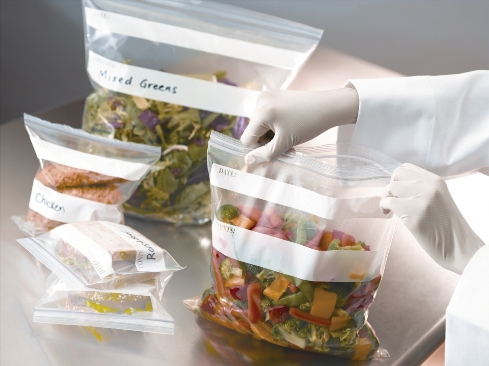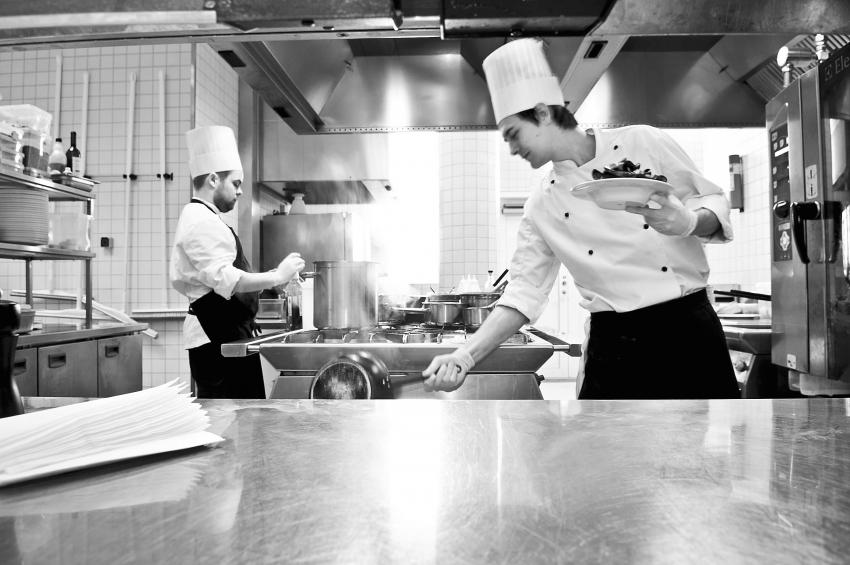Meet the Food Safety Leadership Team
Meet FoodHandler’s Food Safety Leadership Team:
Jeannie Sneed, PhD, RD
Dr. Sneed has been an educator and researcher in foodservice operations and food safety for over 30 years. She retired as a professor and administrator from Kansas State University where she also served as a research professor for the Center of Excellence for Food Safety Research in Child Nutrition Programs funded by the U.S. Department of Agriculture. NSF International awarded her the Lifetime Achievement Award for Food Safety Education and Research in 2007. She holds a PhD in foodservice management with a minor in organizational behavior from The Ohio State University.
Catherine Strohbehn, PhD, RD, CP-FS
Dr. Strohbehn has been an educator and researcher in the areas of foodservice management and food safety since 1986. She is certified by the National Environmental Health Association as a professional in food safety. She is professor emeritus (August 2018) and extension specialist at Iowa State University where she also oversees the Food Safety Project website. She has developed many extension programs and materials in areas such as general food safety, buying local produce, and school nutrition operations. In 2010, she was recognized by NSF International with the Educator Award in 2010. She holds a PhD from Iowa State University.
Both Dr. Sneed and Dr. Strohbehn are registered dietitians with the Academy of Nutrition and Dietetics and are registered ServSafe® instructors with the National Restaurant Association. They have received nearly $10 million in Federal, state, and private sources for research and education projects, with the majority focused on improving food safety in retail settings. They worked together at Iowa State University on several research and education projects focusing on food safety in schools, assisted living facilities, restaurants, and child care.
Contact them with any questions or comments at foodsafety@foodhandler.com
READ MORE POSTS
The Worst Customer Complaint: Foodborne Illness
Food service managers and crew try to follow the rules of food protection. Yet, occasionally a complaint may arise and these calls take priority over all other daily crises. If you have been in the food service industry long enough, you may have gotten one of these. A customer may claim, "I think your food made me ill." These words inflict instant anxiety. If it happens, here are some next steps to think about in advance of such a claim:
How Effective is Your Food Safety Training?
Basic food safety in a restaurant kitchen is not rocket science, but critically important for the crew to take the time to learn about it and for managers to set the example each day. Customers never expect or want to see a manager, chef, or a crew member make a very visible food safety mistake, like not washing hands before food prep and gloving, or touching their face or hair while prepping or handling food. Have we all seen it happen in our restaurant or as a customer elsewhere? Certainly. Are you using some creativity in your current training methods to help your staff “get it” so to speak, and reflect positive behaviors regarding food safety?
Why Does Food Spoil?
Food gradually deteriorates because of a natural process of aging, just like humans. However with all foods, there are a few things we can do that have a positive effect on the shelf life and safety of our foods at the restaurant. Some preservation is done at the food manufacturing plant, some naturally, but a better understanding of the processes may help you extend that shelf life. Preservation methods and storage conditions must be designed to reduce the rate of decomposition and protect the safety, appearance and taste of our food.











